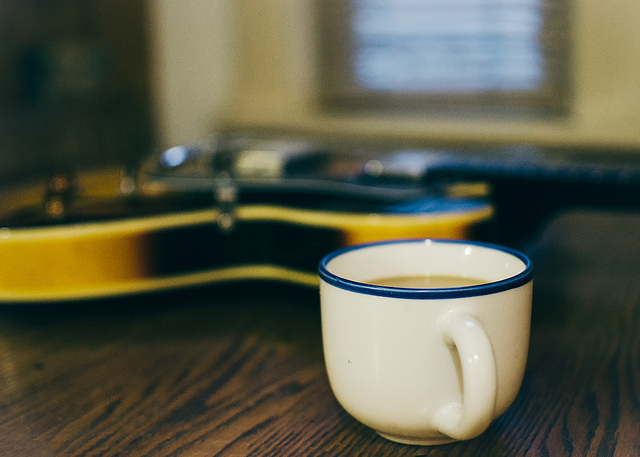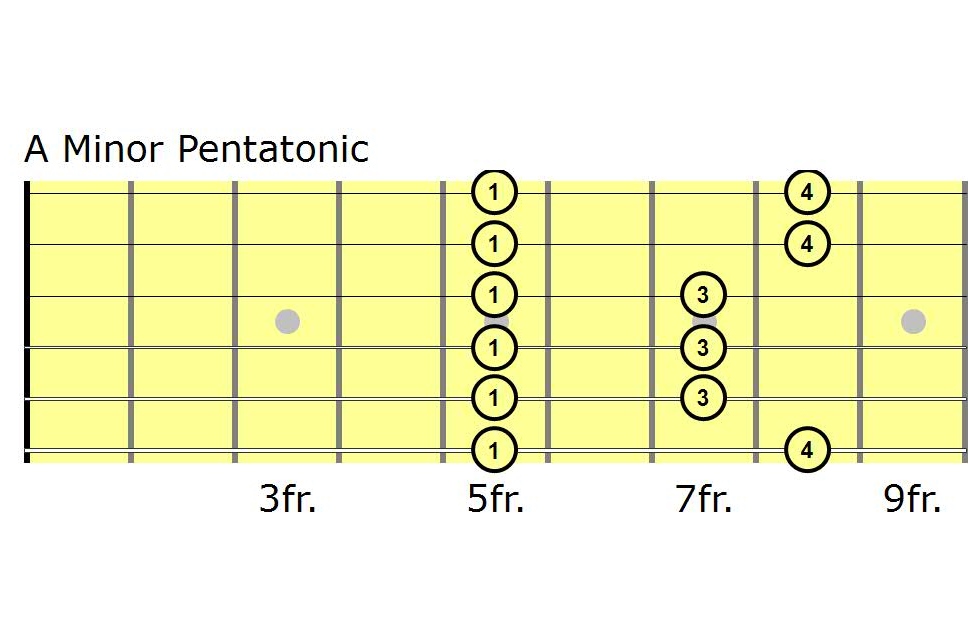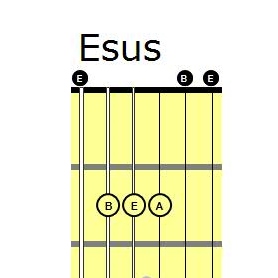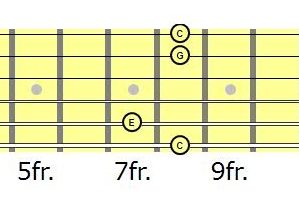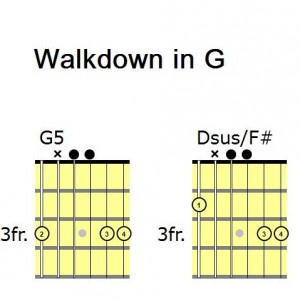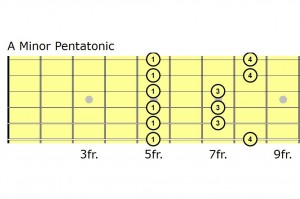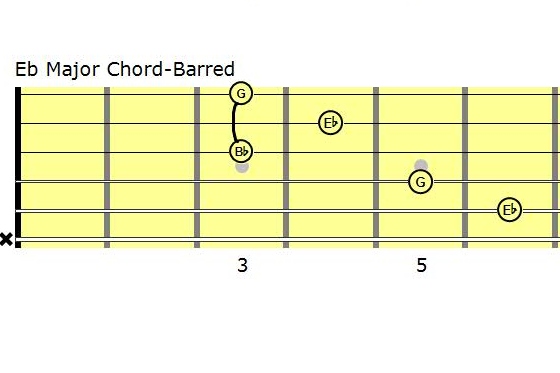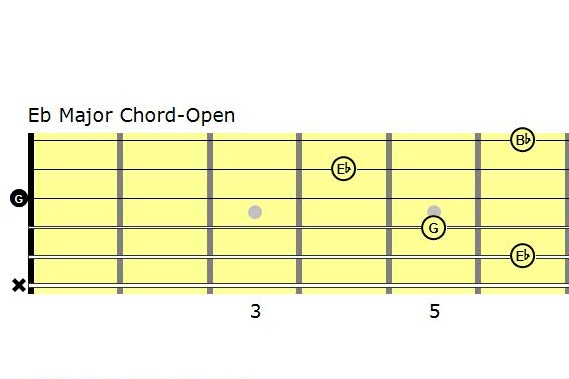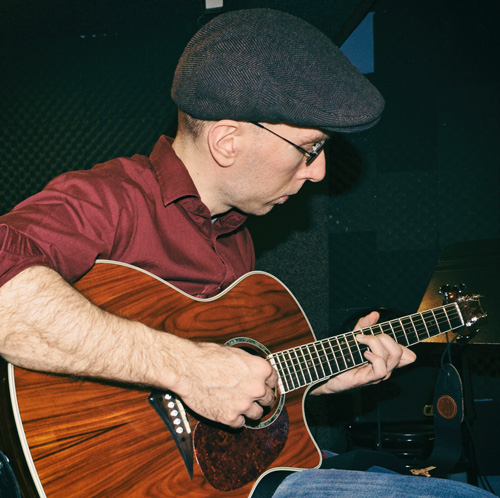There’s a common decision among students: there’s so much information out there, should I get guitar lessons online, or find a regular teacher in person?
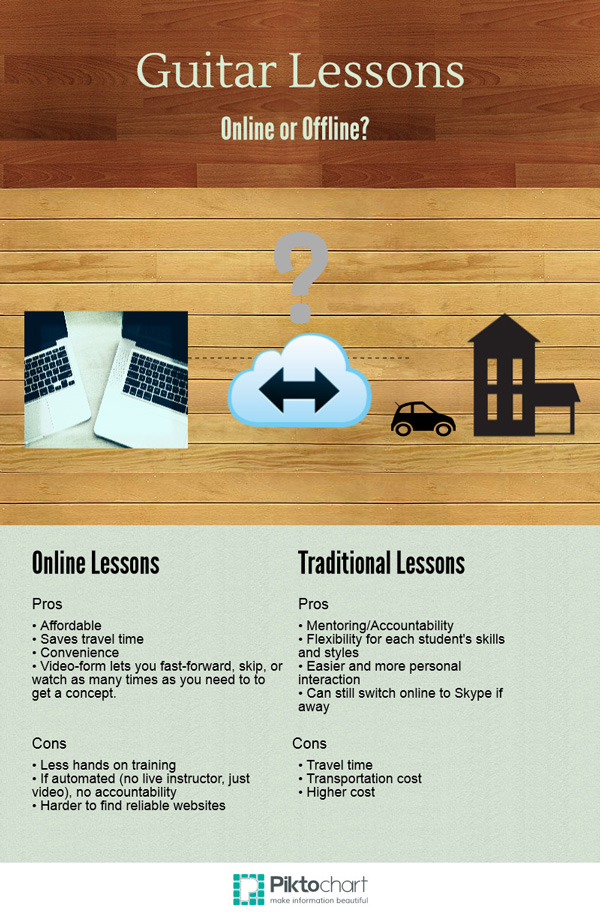
In my research there were interesting sites on the topic of online versus traditional education, but there weren’t any studies specifically on music lessons, though there are informal forums discussing offline vs. online music lessons. Colleges tend to offer courses online in subjects like business, history, computers, etc, but rarely music and the performance arts. Some courses, such as P.E. just need more interactivity.
As for general education, results from various studies such as JOLT, Cyberpop! and Thesocietypages went from showing slightly lower than average score online to others where students reported better results overall from the online experience.
When I first started playing I learned the basic chords and used resources from the library. Years later, I took lessons and classes with various mentors and can honestly say I progressed faster with the help of instructors.
I did well teaching myself, but would lose interest or get stuck in the same routines. Teachers broke me out of the box, and helped instill great technique and practice habits.
Some think instructors are threatened by all this automation. I say, the more knowledge you can obtain, the better! Extra resources are great, and I have no problem using these to further your goals. However, it’s also my experience that searching online gives you a ton of random information and it’s hard to tell where to start, and filtering through the junk takes time.
As for my own teaching, I like traditional. With Skype you have to worry about camera angles, trying to explain hand positions, or painfully trying to describe where a piano key is. The convenience factor is great, but what I’ve experienced I prefer live teaching.
From what students and parents have told me many have tried online lessons to save money, but when it came down to it, they needed a live, in-person instructor to really get anywhere. So what can I say, you get what you pay for.
When I learn a skill I like a combination of books, media, and classes. The books help me learn at my own pace, but I like having an instructor with weekly assignments to keep me on track. The fact that I’m paying actual dollars and making a consistent time commitment shows that I’m serious and I want to get my money’s worth.
If you really want to go the non-instructor route, I’d recommend at least investing in a good book (I really like Guitar: A Complete Guide for the Player) and learning all you can from it with step-by-step methods, rather than perusing random youtube videos and websites.
Also try the local library. There’s high-quality material along with charts, dvds, etc. and you won’t have to put up with tacky banner ads, cluttered up websites or giving your credit card number to an unfamiliar site.
Learn your basic guitar chords and how to play songs. In fact if you’ve learned as much as you can on your own, you’ll be that much more ready when you do take lessons.
And most people don’t take lessons forever, but I encourage students to keep learning on their own.
So that’s my take on the subject. Whichever path you choose, don’t settle for half-hearted learning and think excellence in all you do.







